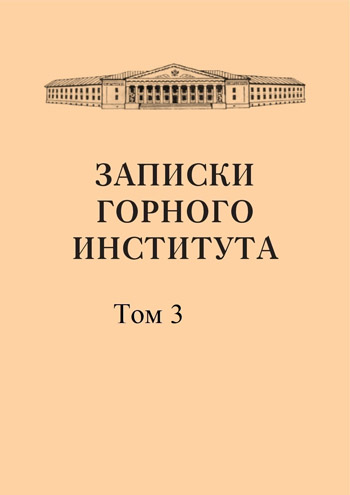Symmetry of linear sets of curves of the 2nd order (conoprims)
Abstract
It is clear that the complete set, that is, the fifth of conoprims, has the highest possible symmetry, that is, circular symmetry. The symmetry of quarts is completely determined by the symmetry of one conoprim, because from it it is completely and unambiguously derived. Therefore, in the general case, such a set has a double axis of symmetry and two perpendicular planes of symmetry (rhombic type of symmetry on a plane). In the special case of a parabola, only the plane of symmetry remains (the hemirhombic type of symmetry). The circle has absolutely exceptional symmetry, and therefore there are linear quarts that have circular symmetry. From here we conclude that if, to define a linear quart, we take an arbitrary conoprime and a fivefold axis of symmetry, from which five equal ones are derived, then we obtain a quart with circular symmetry. All the curves contained in it in all positions are arranged in continuous circles of equal elements.
